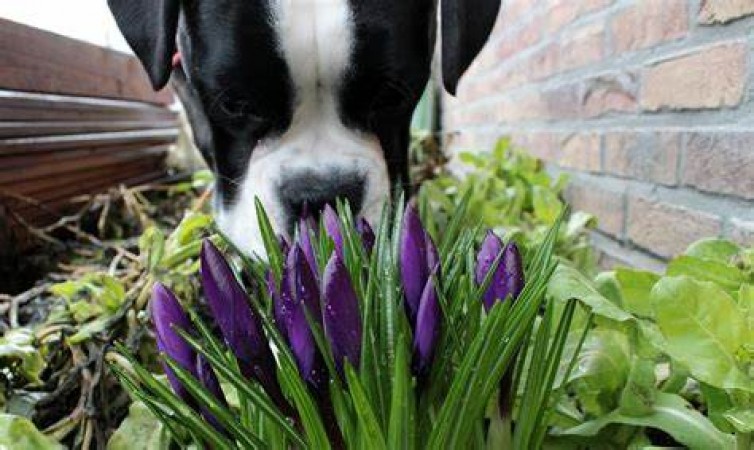
Pet ownership brings immense joy and companionship to our lives. However, it also comes with responsibilities, including safeguarding our furry friends from potential hazards. One often overlooked danger lurking in our homes and gardens is toxic plants. This article sheds light on the perilous plants that can harm your pets and offers tips on keeping them safe.
When we refer to a plant as toxic, it means that it contains substances that can harm or even prove fatal to pets when ingested, touched, or inhaled. These toxic substances vary from one plant to another, but some common culprits include alkaloids, glycosides, and essential oils.
Not all pets are equally susceptible to plant toxicity. Cats, dogs, and even small mammals like rabbits can be affected differently. Understanding your pet's vulnerability is crucial in preventing accidental poisoning.
Lilies, with their captivating blooms, are a popular choice for flower arrangements. However, they are highly toxic to cats. Ingesting any part of the plant can lead to kidney failure, even in small quantities.
Azaleas, cherished for their vibrant blossoms, contain grayanotoxins that can cause vomiting, diarrhea, and heart problems in pets.
This attractive houseplant conceals a deadly secret. Ingesting any part of the sago palm can result in liver failure, seizures, and death in pets.
Oleander's beautiful flowers belie its toxicity. All parts of this plant contain cardiac glycosides, which can disrupt your pet's heart rhythm.
Autumn crocus may be mistaken for its harmless spring counterpart. Ingesting it can cause severe gastrointestinal distress, organ damage, and even death in pets.
The castor bean plant contains ricin, a highly toxic protein. Ingesting even a single castor bean can be lethal for pets.
While not as toxic as once believed, poinsettias can still cause mild irritation and discomfort in pets when ingested.
Pets can be sneaky, and accidents happen. Being able to recognize the signs of plant poisoning is crucial. Common symptoms include vomiting, diarrhea, drooling, lethargy, and difficulty breathing.
Now that you know the dangers, it's essential to make your home and garden pet-friendly. Consider replacing toxic plants with safe alternatives like:
Knowing which plants are toxic is the first step. Research thoroughly and make a list of plants to avoid.
Keep toxic plants out of reach, either by placing them on high shelves or in rooms your pet cannot access.
When your pet is outdoors, supervise their activities to ensure they don't nibble on potentially harmful plants.
Train your pet to avoid chewing on plants and provide them with safe alternatives like pet-friendly grasses.
In case of accidental ingestion, have the contact information of your vet and a local animal poison control center readily available. Pets bring immeasurable joy into our lives, and it's our responsibility to keep them safe. By understanding the dangers posed by toxic plants and taking proactive measures, we can create a secure environment where our furry friends can thrive without unnecessary risks. Remember, a pet-safe home is a happy home!
Sale of 833 units every day! Nexon and Creta fail in front of this SUV, top in features and mileage
Rajnath Singh Unveils Bharat Drone Shakti 2023 Showcase at Hindon Airbase
The most unique phone of the year is available very cheap, where to buy it from Flipkart or Amazon?